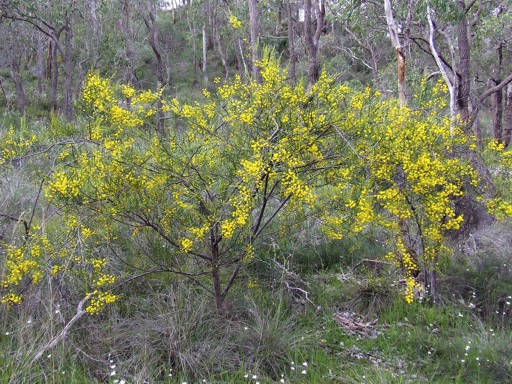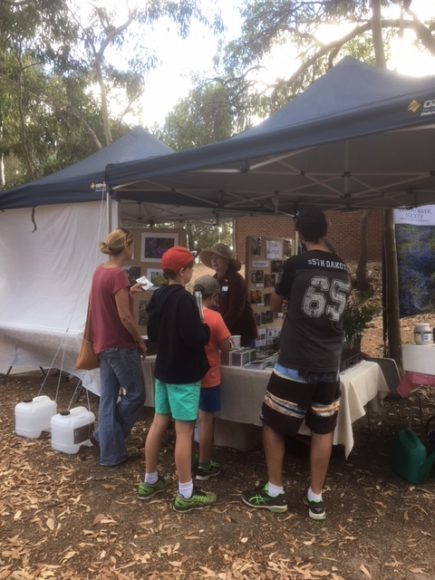What is Arborescence? Arborescence is the term used to describe a plant as “tree-like”. And there are many plants that are arborescent , pines, eucalyptus, balga’s, palms and tree ferns to name a few. Plants like pines and eucalyptus are what fall into the “correct” definition of a tree.
To begin at basics a plant will grow by creating “primary growth” which makes the phloem and xylem that we are familiar with. A “tree” goes a step further by producing what is called secondary growth from the vascular cambium layer, although it looks more like a ring in cross section. What this means is that secondary phloem and xylem is created, thickening and widening the stem.
Other plants however also achieve arborescence without using a cambium layer. Monocots like Xanthorrhoea, Pandanus and the palm family achieve this by different methods.
1. Thick persistent leaf bases seen in Xanthorrhoea are one solution, by allowing your leaf bases to take the main support role this overcomes the need for a cambium layer.
2. Pandanus achieve arborescent status by growing prop roots to support an expanding canopy.
3. The palm family Arecaeae, the most famous arborescent monocots use a different method, they use secondary thickening. But not from a single cambium layer. Rather the parenchyma cells within individual vascular bundles do. This is called anomalous secondary growth.
Now within the ferns there are two primary methods.
1. The first is by strengthening the internal stem with hard sclerenchyma, this hardened tissue runs lengthways through the stem.
2. The second method is by the growth of special fibrous, interlocking roots called a Root Mantle. These roots can grow all up the stem and is widest at the base. An extinct tree fern species called Tempskya relied entirely upon it’s root mantle, reaching heights of 6m. This reliance on the root mantle also gave the plant a peculiar appearance (as seen above).
3. Finally ferns also use persistent leaf bases.
Now we might think that is the end of it, but wait. I found another method used by the now extinct lepidodendrids. Lepidodendrids could grow as high as 55m and have a trunk diameter of 2m. they gained arborescence by enlarging and thickening their outer bark layer.
So there you have it all of the methods (that I could find) of becoming arborescent.
References
Moran, R,C. 2004. A Natural history of Ferns, Timber Press INC. London
https://florabase.dpaw.wa.gov.au/browse/profile/22740
https://florabase.dpaw.wa.gov.au/browse/profile/22753
http://xfrog.com/product/PR18.html


